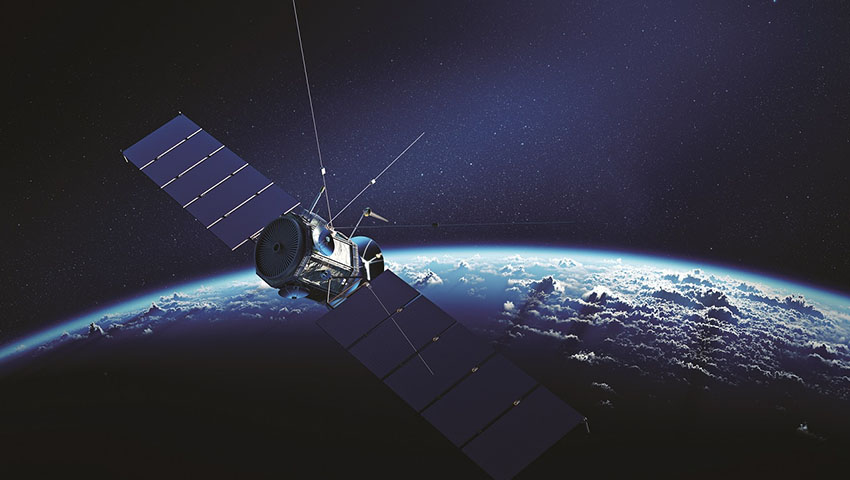The SMART system is based on an array of small sub-dividers arranged along the perimeter of the large synthetic aperture.
To show off its capabilities, the multinational, Israeli-led team built a miniature work model with an array of sub-apertures that simulates the large telescope to study the image resolution of the target.
Doctoral student Angica Bulbul, led by Professor Joseph Rosen of the department of electrical and computer engineering, found that you don’t need the entire telescope to get the right images. They developed a satellite imaging system – a virtual aperture (opening) that is much larger than the physical interface of the system and is realised by scanning, over time, the physical space.
"Even by using a partial aperture area of a lens, we managed to obtain similar image resolution to the full aperture area of mirror/lens-based imaging systems. Consequently, the huge cost, time and material needed for gigantic traditional optical space telescopes with large curved mirrors can be slashed," Bulbul said.
This technology would serve to revolutionse the economics and quality of imagery available from space-based cameras and eventually Earth-based telescopes by leveraging multiple lenses across different platforms, reducing the dependence on large, expensive satellites and telescopes.
"We found that you don’t need the entire telescope lens to obtain the right images. Even by using a partial aperture area of a lens, as low as 0.43 per cent, we managed to obtain a similar image resolution to the full aperture area of mirror or lens-based imaging system," Bulbul added.
The team at BGU constructed a miniature model with a circular-shaped display of sub-apertures to test an image’s resolution. The researchers then contrasted these images to those produced by direct imaging systems, which have similar dimensions of the whole aperture and are based on a layout of annular sub-apertures.
BGU of the Negev is one of Israel’s leading research universities and among the world leaders in many fields. BGU has around 20,000 students and 4,000 faculty members across faculties, including engineering sciences, health sciences, natural sciences, Pinchas Sapir Faculty of Humanities and Social Sciences and the Guilford Glazer Faculty of Business and Management.

